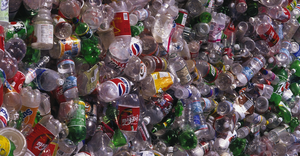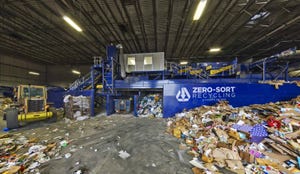Does Recycling Pay?
The waste industry's biggest players discuss recycling's road to reliable profitability.
11 Min Read
About the Author(s)
Stay in the Know - Subscribe to Our Newsletters
Join a network of more than 90,000 waste and recycling industry professionals. Get the latest news and insights straight to your inbox. Free.
You May Also Like


